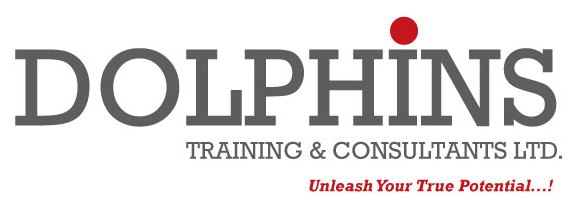Effective Managerial Leadership & Supervisory Skills Training….
3-Days Course Includes Comprehensive Content on Leadership and Management
Training Course Description
The first responsibility of a leader is to define reality. The last is to say thank you. In between the two, the leader must become a servant and a debtor. That sums up the progress of an artful leader.
Max DePree
What does it take to become an effective leader?
Is leadership a natural talent or acquired skills?
Is management the same as leadership?
What are the differences between tactical and strategically planned leadership styles?
Todays employees do not respond to the old hands-on, militaristic management style. They are highly independent professionals with their own fully developed ideas. Leaders and managers who try to micro-manage them will inevitably confront wide spread disgruntlement, absenteeism, and turnover….and increase their own and their team stress levels.
In this high Impact training program you get a new vision being a leader and a manager, with modern examples, stories, and vibrant activities for you to activate henceforth. More importantly, we take a deeper look on how to coach and mentor your team for Action, Result and full time Motivation.
The Dale Carnegie Inst. in collaboration with Dolphins Group Leadership Program teaches participants about organizational leadership and its role in guiding the organisation toward vision fulfillment. Participants will learn how to define an organisation’s vision, draft a vision statement and communicate it, set goals that are aligned with an organisation’s vision, and discuss the importance of planning changes before implementing them.
Program activities also cover providing team for organizational changes, motivating your team through change, solving problems encountered during change, and helping team deal with grief and stress during changes. Participants will also learn how leaders can help team learn their roles in organizations, align their goals with those of the organisation, and help prevent employee apathy. The manual is designed for quick scanning in the classroom and filled with interactive exercises that help ensure participant success.
Target Audience:
Team leaders and managers, Supervisors, Unit Heads, Departmental Heads, New managers or supervisors, experience managers who looking for new ways to enhance their skills and Team, Dynamic leaders and managers aiming to empower and transform their department, units or organization. It is also for those who need to gain a better insight into theorganization aspects of being valuable, resourceful and always focused…
Key Participant Benefits:
Helps understand the difference between management and leadership and when to employ which one
Creates opportunity to consider corporate and/or team vision and its effective use in motivation
Provides strategies to help navigate change to help align current performance to the envisioned outcome
Key Organization Benefits
Encourages managers to reinforce the company vision throughout the company
Increases satisfaction of general staff through adequate change management in bridging gaps between current and desired circumstances
Encourages leadership and initiative from managers which inspires general staff
At Course Completion
Identify a leader and the role of leadership.
- Communicate the vision and gain support for the vision. Implement the organizations vision.
Determine leader roles and strengthen employee roles. Align employee priorities and evaluate employee performance.
Motivate team.
Overcome employee apathy.
Identify the phases of the change process. Communicate change and identify the benefits of change.
Motivate team through a change and prepare for difficulty. Overcome resistance and resolve conflict.
Respond to distress and reduce stress. Succeed through failure and handle mistakes.
Outline:
Lesson 1: Personal Leadership and Management – It starts with you
Role of leadership
Understanding differences between a leader and a manager
Identifying a leader
Vision
Defining a vision
Analyzing a situation
Writing a vision statement
Goals
Setting goals
Lesson 2: Making vision a reality
Communicate and support vision
Communicating effectively
Gaining support and empowering team
Implement vision
Implementing vision
Lesson 3: Defining employee roles and priorities
Employee roles
Understanding roles of a leader
Understanding role of an employee
Empowering an employee
Employee priorities
Aligning employee priorities
Evaluating team performance and appraisals
Providing feedback to team
Lesson 4: Employing motivational strategies
Employee motivation
Understanding guidelines
Employee apathy
Identifying hindrances
Lesson 5: Planning for change
Change process
Understanding the Awareness phase
Understanding the Achievement phase
Communication
Informing team
Communicating change
Understanding benefits of change
Lesson 6: Motivating your team through change
Motivate team through change
Acting as a role model
Understanding guidelines to motivate team through change
Solving problems during change
Resistance and conflict
Resolving conflict
Lesson 7: Coping through a change process
Effects of change
Understanding workplace changes
Identifying the sources of stress
Failures and mistakes
Dealing with mistakes
Excellent Supervisory skills Training
How to Manage, Motivate and Support a Team
Includes Several Supervisory Case Studies and Exercises
Training Course Description
The art of choosing men is not nearly so difficult as the art of enabling those one has chosen to attain their full worth.
Napoleon Bonaparte
|
